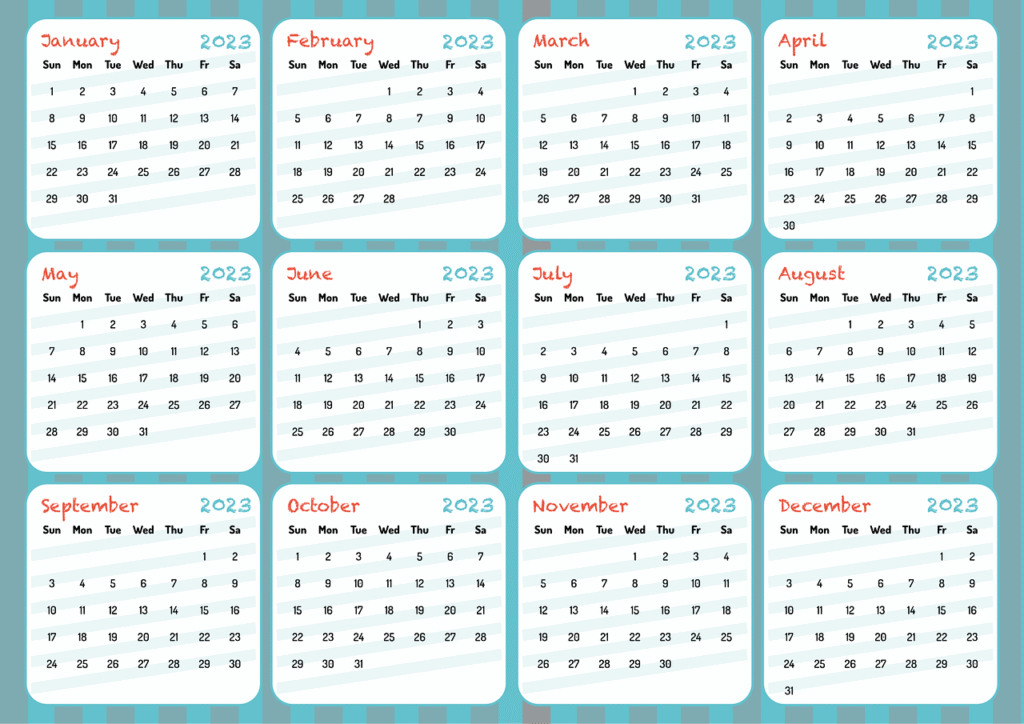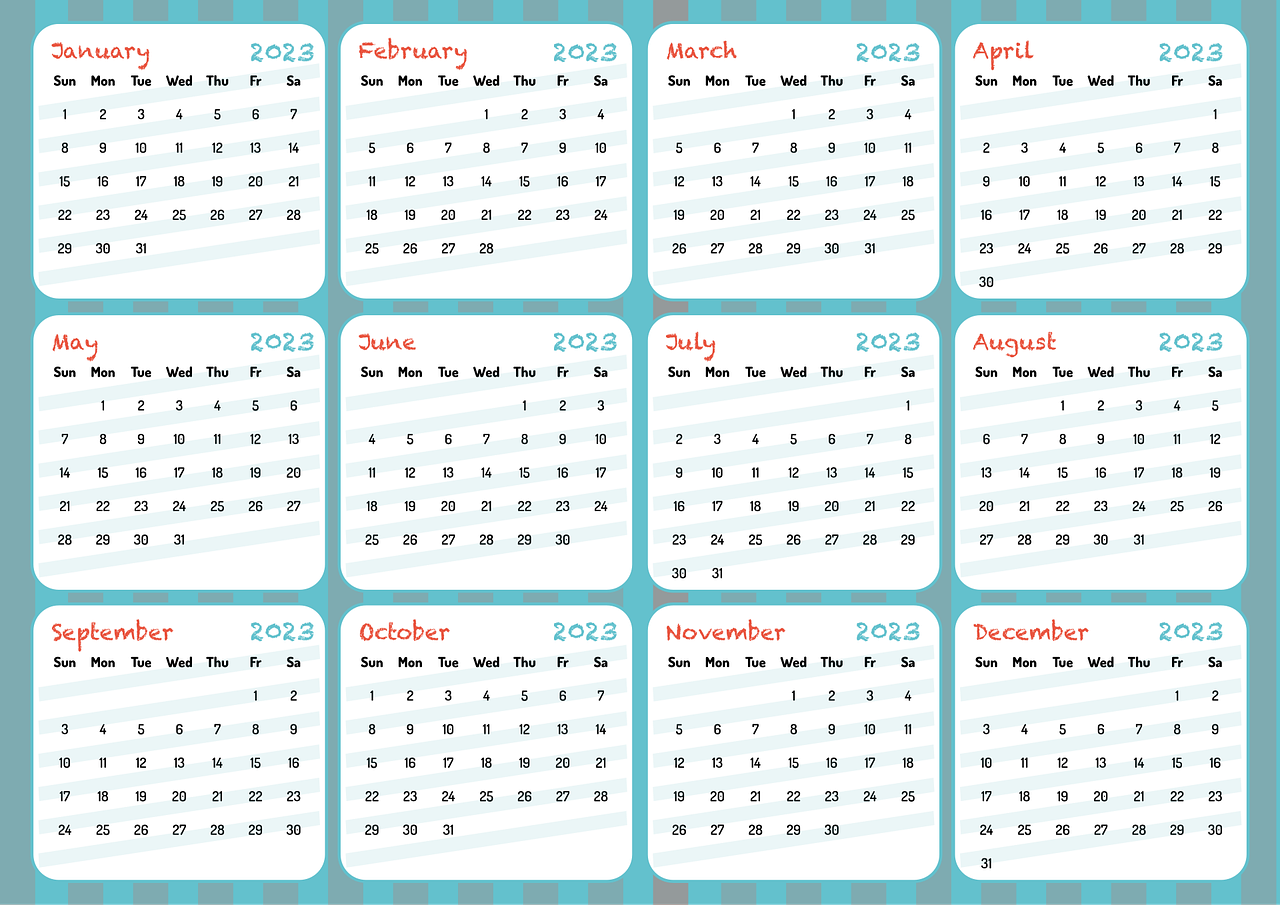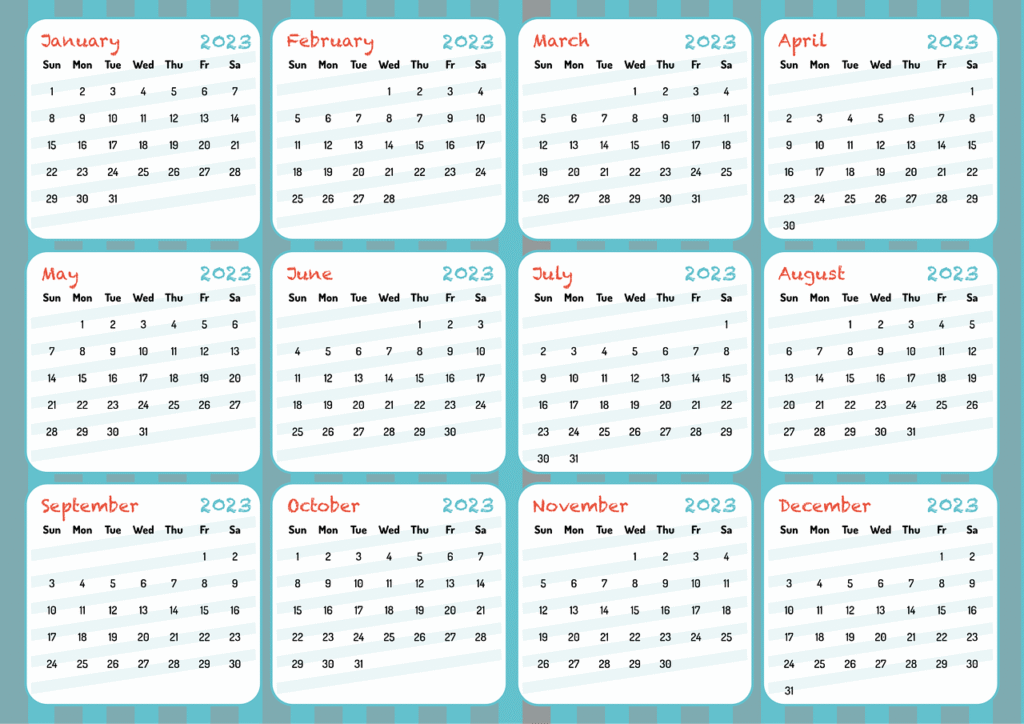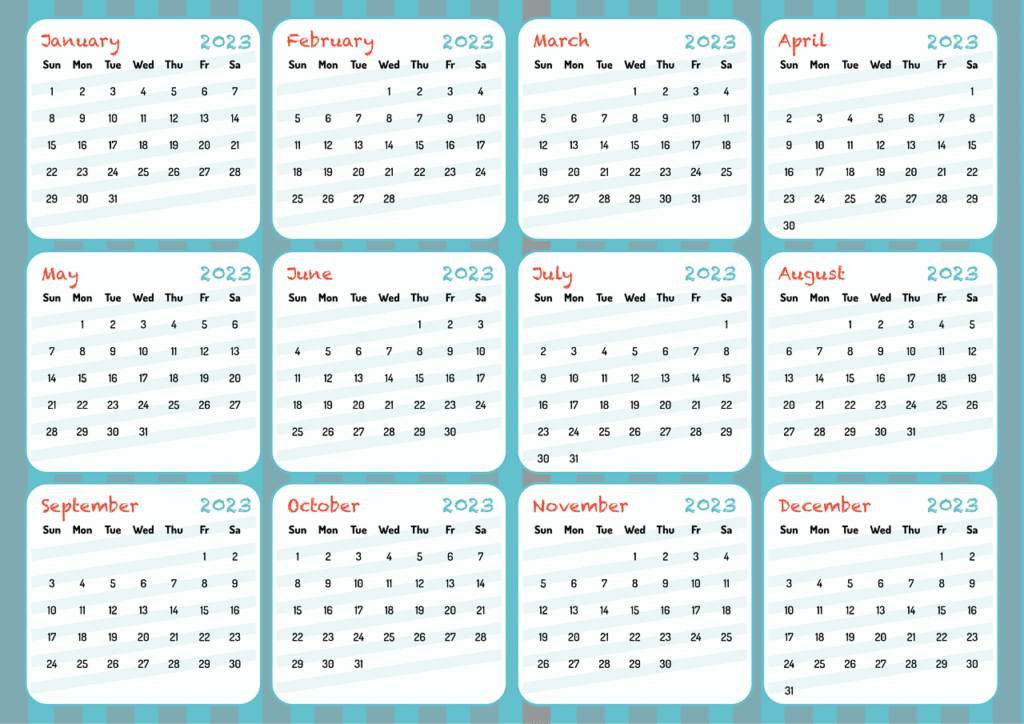Have you ever found yourself wondering how best to secure a financially stable future? Managing your savings and investments wisely can seem daunting, but one of the most effective tools at your disposal might be closer than you think. The Fidelity 401k plan is a popular choice for individuals looking to bolster their retirement savings through employer-sponsored opportunities. Let’s unpack what this plan offers, why it could be a beneficial addition to your financial strategy, and how you can optimize it for your future well-being.
Understanding the Fidelity 401k Plan
The landscape of retirement savings accounts can be bewildering, but the Fidelity 401k is designed to bring clarity and efficiency to your retirement planning options. Essentially, a 401k is an employer-sponsored retirement account that allows you to allocate a portion of your paycheck into investments, typically without paying taxes on those contributions until you withdraw the funds in retirement. Here’s why Fidelity’s offering stands out.
What Makes Fidelity 401k Different?
Fidelity is renowned for its comprehensive investment management services and a commitment to customer satisfaction. Their 401k plans are adorned with a variety of features designed to meet diverse needs. Fidelity offers a wide range of investment choices, low fees, and robust customer service. But it doesn’t stop there. Fidelity also enhances your investment experience through its educational resources and planning tools, encouraging you to make the most of your retirement savings.
The Role of Employers in Your 401k
Your employer plays a crucial role in the setup and structure of your 401k plan. Companies often choose Fidelity for its reputation and reliability in handling employee retirement plans. Employers may offer matching contributions, effectively increasing your savings at no extra cost. Understanding your employer’s policies on matching contributions is vital, as it directly impacts the strength of your retirement savings.
Steps to Enroll in a Fidelity 401k
If your employer offers a Fidelity 401k, enrolling in the plan is a straightforward process. However, taking the time to carefully navigate this enrollment can amplify your financial benefits.
Initiate the Enrollment Process
Typically, your employer will provide you with details about the Fidelity 401k when you start your job. You may receive an online sign-up link or paper forms to fill out. Be prepared with your social security number, date of birth, and the selection of your contribution percentage.
Selecting Your Contribution Rate
Decide how much of your pre-tax income you wish to contribute. The IRS constantly updates the contribution limits, so staying informed is essential. Contributing enough to take full advantage of any employer match is often advised.
Choosing Investments within Your Fidelity 401k
Fidelity offers a plethora of investment options through its 401k plans. From mutual funds to bonds, you can tailor your portfolio to match your risk tolerance and retirement goals. Fidelity’s user-friendly tools and online resources can guide you through this selection process, ensuring your choices align with your financial aspirations.

This image is property of images.unsplash.com.
Managing Your Fidelity 401k
Once you’re set up, effective management of your 401k can optimize its potential to fortify your future. Taking an active role in monitoring and adjusting your investments over time is crucial.
Monitoring Your Investments
Fidelity provides robust tools for tracking and analyzing the performance of your investments. Regularly review your 401k and assess whether your investment choices remain well-suited to your long-term goals. This might involve rebalancing your portfolio to maintain your desired asset allocation.
Understanding the Fees Involved
While Fidelity is recognized for its low fees, it’s still essential to comprehend any charges associated with your 401k. Fees can impact your overall returns, so familiarize yourself with administrative, investment management, or service fees that might apply.
Making Adjustments
Life often brings change, and your financial strategy should adapt accordingly. Whether it’s a new job, a shift in family circumstances, or evolving retirement objectives, be ready to modify your contribution rate or rebalance your investments as needed.
Fidelity 401k and Taxes
A well-defined understanding of how your 401k relates to taxes can further benefit your retirement planning. Navigating the tax implications will help you optimize withdrawals and manage your finances more astutely.
Tax-Deferred Growth
One of the Fidelity 401k’s advantages is tax-deferred growth, allowing your investments to compound without immediate taxation. You only owe taxes when you withdraw funds in retirement, potentially reducing your taxable income during your working years.
Required Minimum Distributions (RMDs)
Upon reaching the age of 73, RMDs come into play, mandating that you pull a specific amount from your 401k each year. Fidelity supports you in understanding these requirements to avoid penalties and optimize your tax situation.
The Roth Option
Fidelity’s 401k plans frequently include a Roth option, permitting after-tax contributions. Though you won’t get the immediate tax break, your withdrawals in retirement are tax-free. Comparing the Roth versus traditional 401k options can guide your decisions on current versus future tax liabilities.

This image is property of images.unsplash.com.
Preparing for Retirement with a Fidelity 401k
As you progress through your career, readying your Fidelity 401k for the golden years becomes increasingly crucial. This preparation ensures you can enjoy a fulfilling and financially secure retirement.
Planning Your Withdrawal Strategy
Fidelity provides insights and tools to outline an effective withdrawal strategy that considers taxes, longevity, and personal circumstances. A thoughtful approach can maximize the longevity of your savings.
Continuously Learning and Adapting
Remain informed and proactive through Fidelity’s educational content. Engaging with learning opportunities fosters financial literacy, empowering you to make informed decisions that bolster your retirement preparedness.
Working with a Financial Advisor
For an even more personalized strategy, consider utilizing Fidelity’s advisory services. Expert advice can harmonize your 401k with other retirement vehicles, delivering a comprehensive approach to securing your future.
Common Questions About Fidelity 401k
Engaging in a Fidelity 401k plan might prompt questions, and finding clear answers ensures you’re making informed choices in your retirement strategy.
What Happens to Your 401k If You Change Jobs?
Should you switch jobs, you have several options for your Fidelity 401k: rolling it over into a new employer’s 401k plan, moving it to an IRA, or keeping it with Fidelity. Each choice carries distinct benefits and implications.
Can You Access Your 401k Early?
While the goal is to save for retirement, life may necessitate unplanned withdrawals. Accessing your 401k before age 59½ can incur penalties and taxes, though certain exceptions exist for specific situations like financial hardship or home purchases.
How Do Market Changes Affect Your 401k?
Financial markets fluctuate, with potential impacts on your 401k’s value. Understanding market trends and maintaining a diversified portfolio can mitigate risks and stabilize your savings across economic cycles.

This image is property of images.unsplash.com.
Conclusion
Envisioning a stress-free retirement means adequately planning today, and a Fidelity 401k can be an integral part of solidifying this future. As you contribute to and manage your 401k, you’ll bolster your confidence in your financial readiness, ultimately buying peace of mind as you prepare for life’s later chapters. By guiding your investments, understanding your accounts, and pursuing continuous education, you’re already one step closer to the retirement of your dreams.





























































































